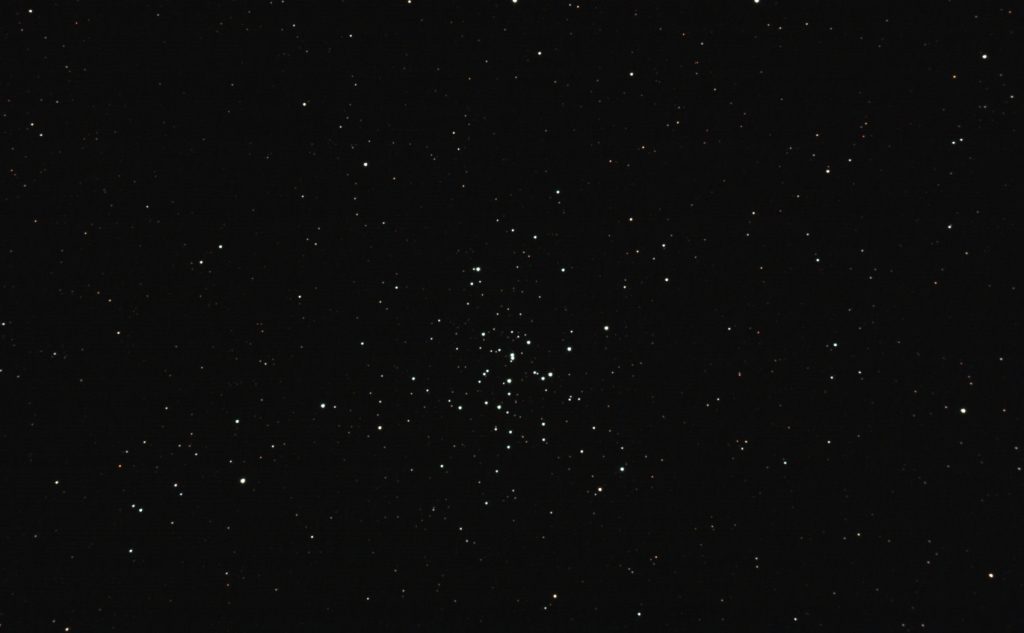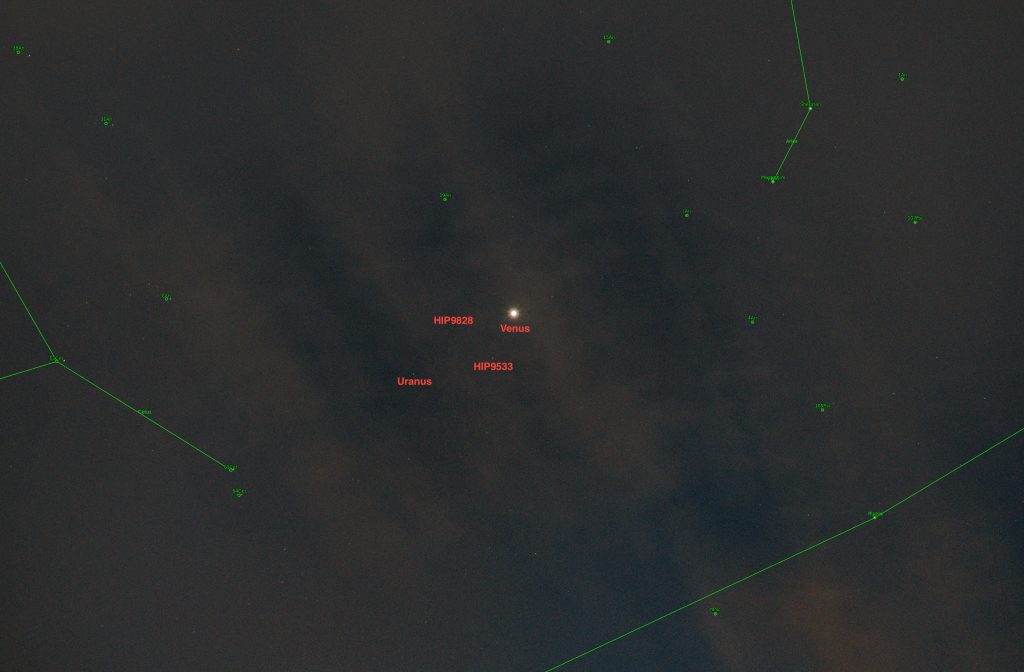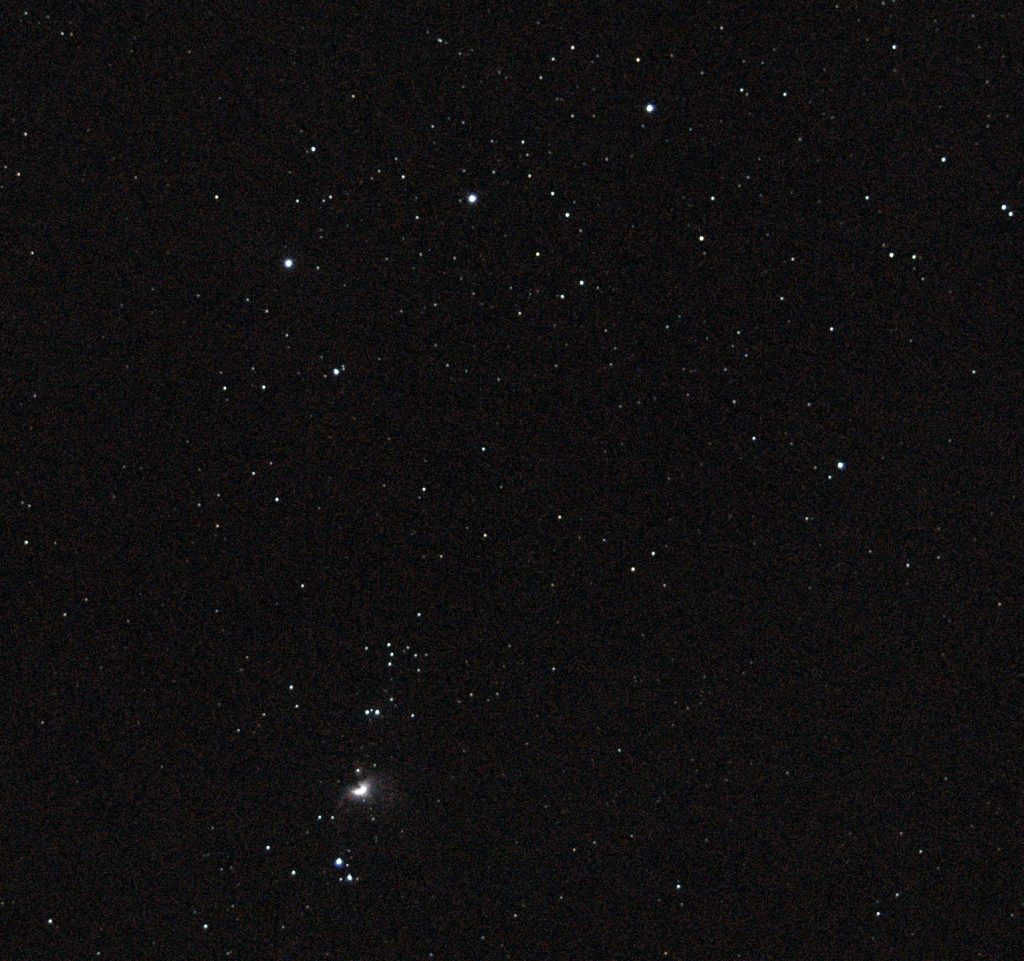I was really looking forward to the winter of 2019/2020, long dark nights, clear skies, low humidity, and lots of bright deep sky objects to observe and image. I’d planned ahead and worked out what would likely be best seen on what days, and what settings and equipment I’d use to record those archaic photons.
What crap weather we had!
I managed a total of about two hours with the telescope over the whole winter. I had it set up for rather longer, and even imaged for around six hours total, but equipment issues and high clouds meant only two hours of data was usable.
First up on the 22nd of December 2019 I imaged the rather dull stellar cluster M36

This was really more of a test of equipment than an attempt to image anything particularly stunning or interesting.
On the 30th December I added another 45min of data to my M82 / Bode’s Galaxy image – seen in the post previous to this one.
In January I didn’t bother with the telescope at all, and just tried a few short of the shy with a 50mm lens on the DSLR (Nikon D7000). Results are not worth showing here.
Latest results were from March 8th 2020, when I managed to capture the conjunction of Venus and Uranus. Again, I used the 50mm lens, DSLR and many short exposures (2 seconds x 25). I also took a similar number of shots in the region of Orion’s belt, to see if any of the nebulas there could be seen – this was really stretching things as light pollution is pretty bad and I used no filtering on the camera.


Here’s hoping for some better nights in the spring in time for Galaxy Season – the bright nebulas of the winter pass out of the night sky and numerous galaxies come into view again.
